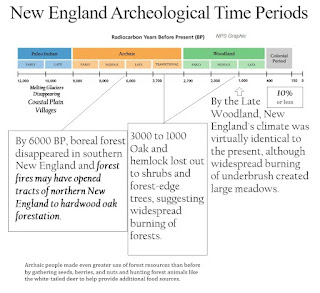Some maps (and SHEEP) as well:
Monday, June 23, 2025
Friday, June 13, 2025
Why Did I Take that Picture?
It took a few minutes to remind myself why.
At first I thought it might have been an image of the "other side" of this remarkable effigy:
I took the photo because it’s another suspected
Diamondback Terrapin Effigy "composed of small stones"
On a “stone wall,” or Qusukqaniyutôk…
Thursday, May 29, 2025
Tuesday, May 27, 2025
Farmer Smith in Watertown CT
Farmer Smith in Watertown CT
Had a Farm and a Farmhouse
Over by Smith Pond,
Oddly enough.
The historical record documents
No Indian Name for the pond as I recall,
Except that Mr. Crowell says: “Camp Mataucha.
Located in Watertown at Smith's Pond,
Was named after a fictional Indian chief,”
And “It was Charles Smith who owned the pond and surrounding
farm.”
So Farmer Possibly Smith
Or some other older farmer
(Since Indians didn’t build “stone walls”)
Cleared a field or perhaps a pasture above the road
And made a linear garbage heap of stones
Along Smith Pond Road
Tossing stones – many of them boulders
Under the cross and rail property fence that was
Pig Tight, Horse High and Bull Strong
The wire fence can be seen rusting away here and there
A post or two but also in the tree trunks
And the chestnut rails of that alleged “first fence” are
long gone,
Leaving just those boulders and stones
“Piled haphazardly,” some will tell you…
But take another look,
Tell me what you see.
Isn’t that a pattern?
Head and body, horn rest and a heart stone???



%2001.jpg)
.jpg)
.jpg)
.jpg)
.jpg)





.jpg)























.jpg)


.jpg)


















